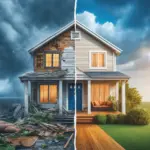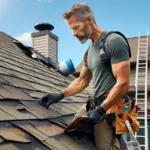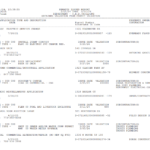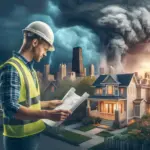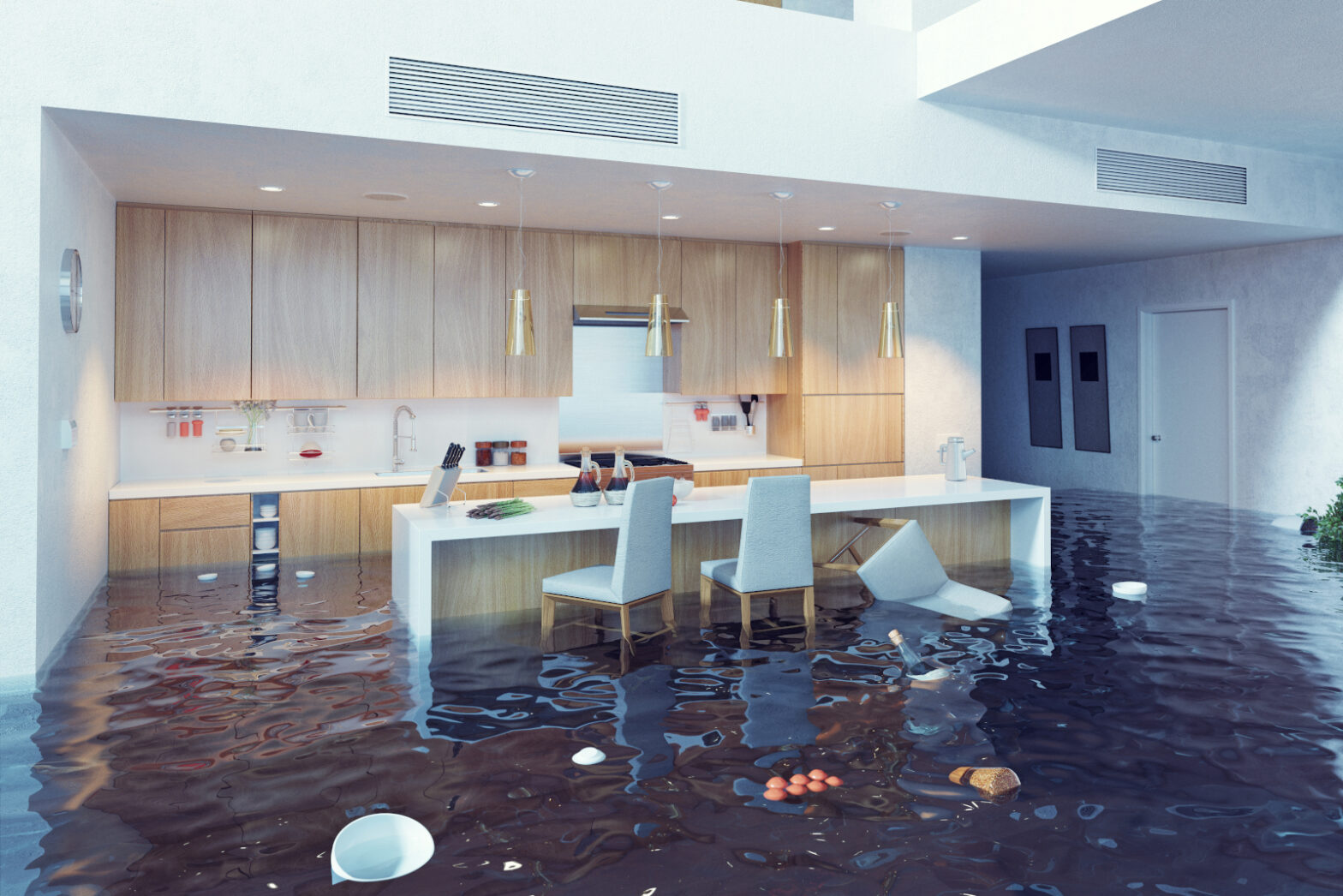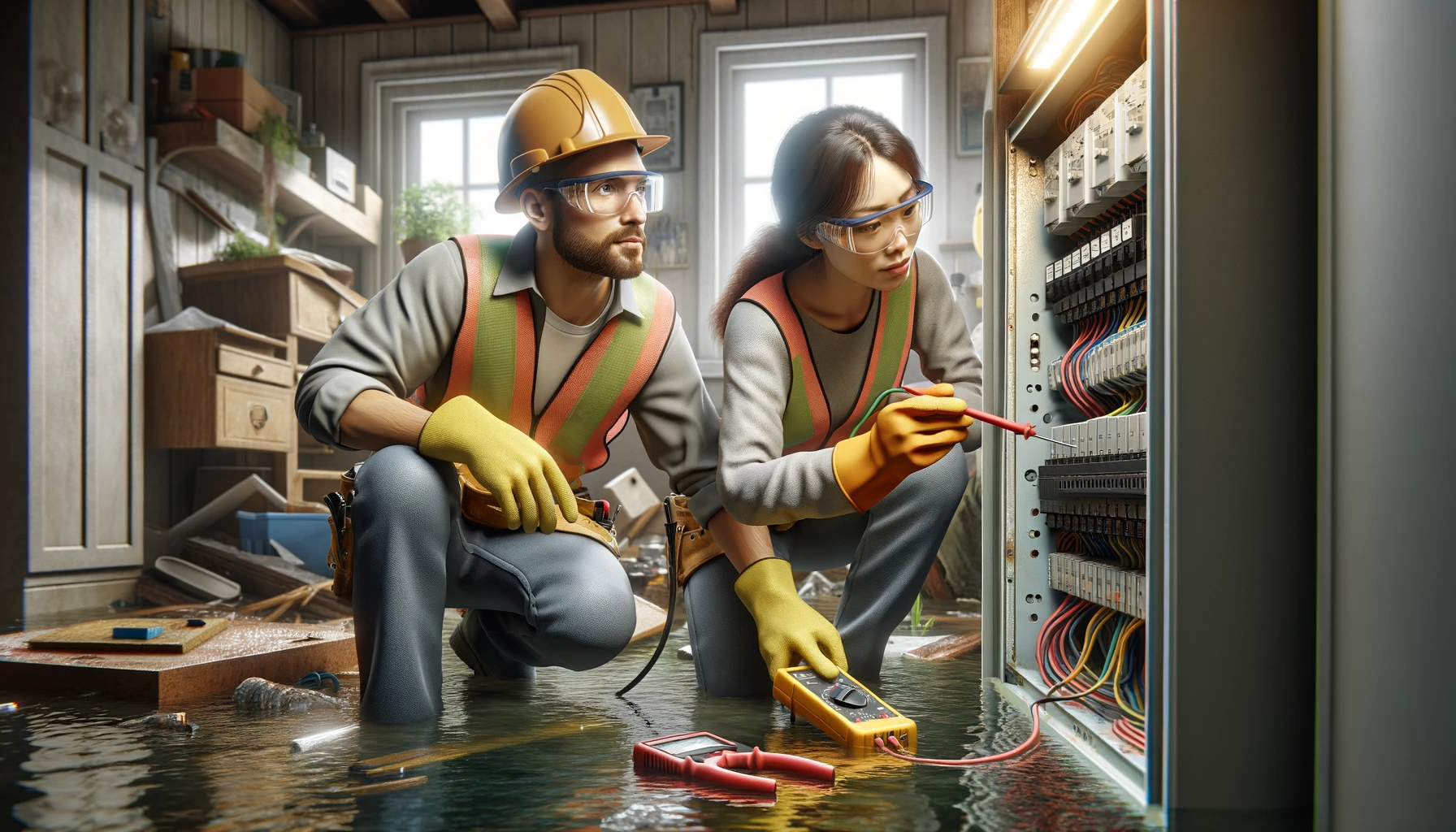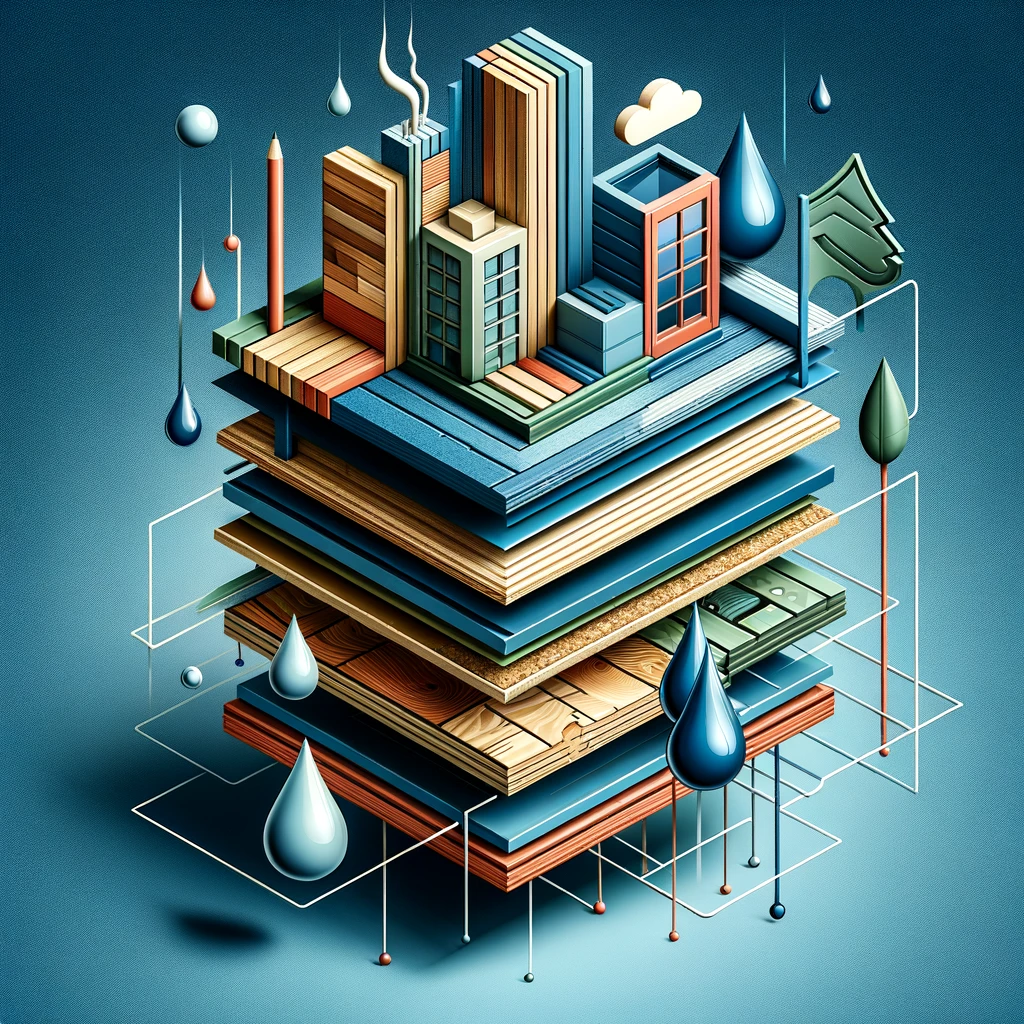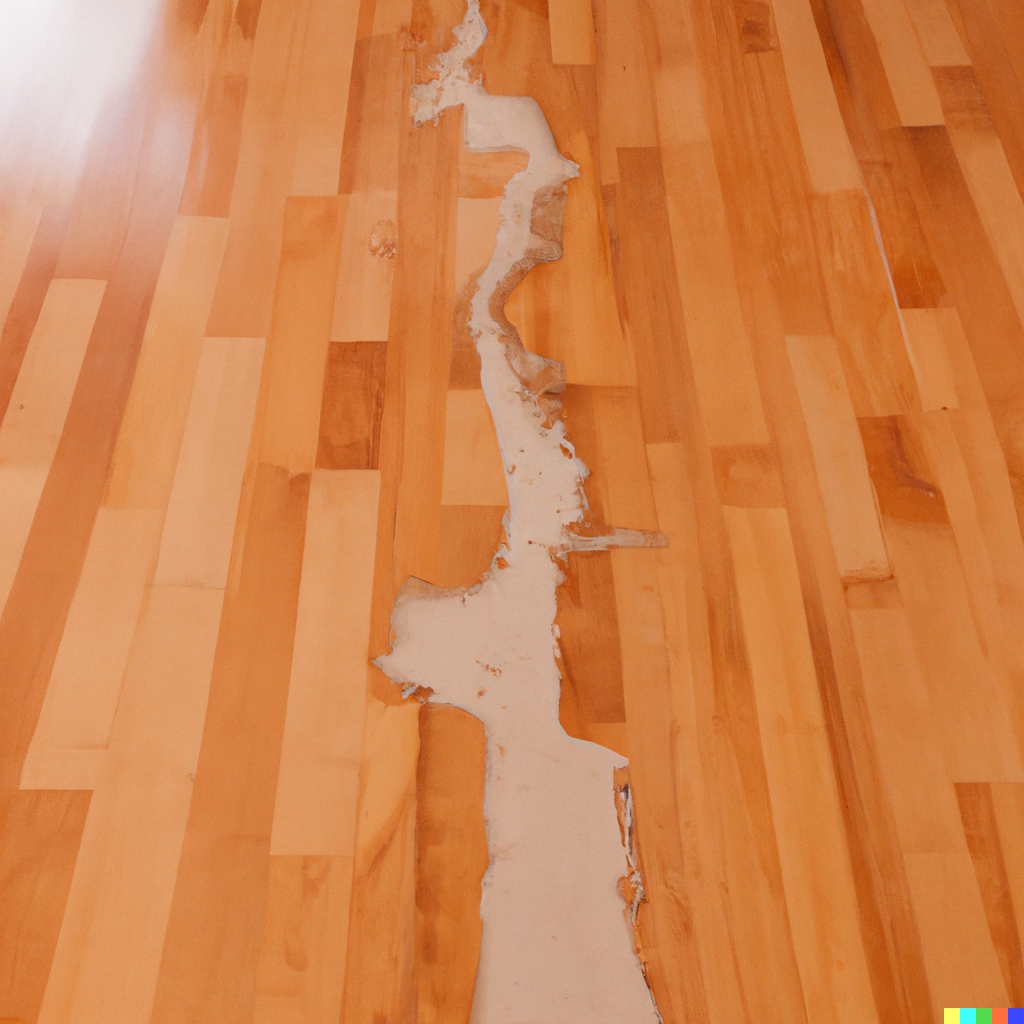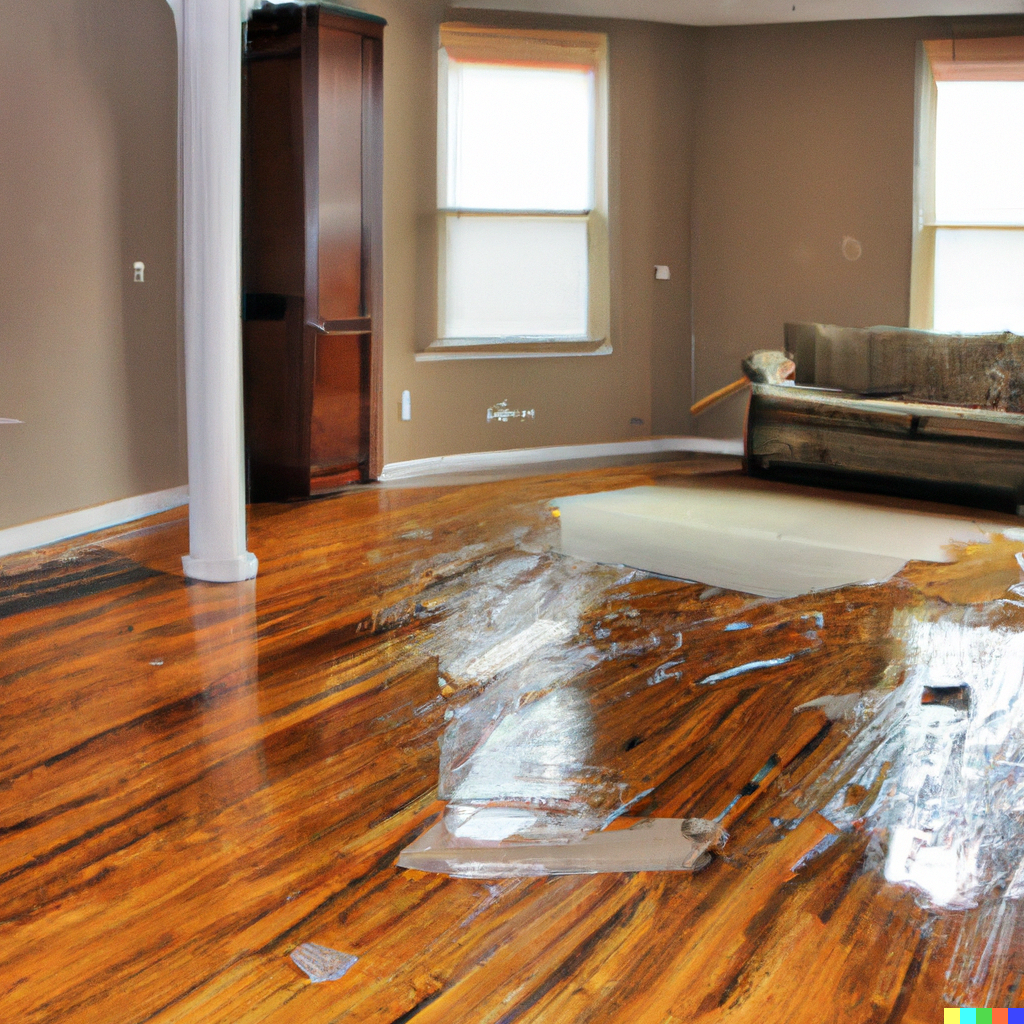Water damage can be devastating to your home, and it’s essential to understand the different categories of water sources to address the situation promptly and effectively. As professional restorers, we rely on the ANSI IICRC Standard and Reference Guide for Professional Water Damage Restoration S500 (fourth edition) to categorize water intrusions into three levels of sanitation, helping us provide the best restoration services tailored to your specific needs.
Category “1” – Clean Water
This category includes water from sanitary sources, posing minimal risk to humans. Common examples are broken water supply lines, appliance malfunctions, and falling rainwater. However, as clean water contacts other materials, it may pick up contaminants over time, altering its condition.
Category “2” – Gray Water
Also known as “Gray” water, this category contains significant chemical, biological, or physical contaminants. Gray water can cause discomfort or sickness if consumed or contacted by humans. Examples include overflows from toilet bowls with urine but no feces and seepage due to hydrostatic pressure. Water-saturated carpet cushions should always be removed when affected by Category 2 water.
Category “3” – Black Water
Category 3 water, often referred to as “Black” water, contains pathogenic agents and arises from massive quantities of sewage or other contaminated water sources. Exposure to this category can cause severe sickness and poses a significant health risk to humans. Examples include ground surface water, rising water from streams or rivers, seawater, and sewage. In the event of sewage backup, occupants with compromised immune systems, respiratory problems, allergies, or young children and elderly individuals should stay away from the affected area until the building is deemed safe for re-occupancy.
Regulated, Hazardous Materials, and Mold
If a water damage restoration project involves regulated or hazardous materials like arsenic, mercury, lead-based paint, asbestos, radiological residues, fuels, caustic chemicals, or mold, specialized experts may be necessary to assist with damage assessment, and government regulations apply.
It’s essential to note that the color of the water doesn’t solely determine its contamination level (Category). The source, contacted surfaces, history, and characteristics of the water play a role in determining the appropriate category. Over time, if water damage is not addressed promptly, Category “1” water can escalate to Category “2” and eventually to Category “3.”
Remember, time is crucial when dealing with water damage. Prompt action and professional assistance are essential to prevent further damage and ensure a safe and sanitary restoration process. If you’re facing water damage issues, don’t hesitate to contact Allied Emergency Services for expert assistance in handling any water damage emergencies.
If your home has been affected by water damage, don’t wait! Contact Allied Emergency Services today for prompt and professional water damage restoration. Our expert team is ready to assess the situation, address the specific category of water damage, and provide effective restoration services to get your home back to its pre-damage condition. We understand the urgency of water damage emergencies, and our local experts are available to assist residents in and surrounding areas. Don’t let water damage take a toll on your property and health. Trust Allied Emergency Services for reliable and efficient solutions. Call us now to schedule a free inspection and take the first step towards restoring your home. Act fast, and let us handle the rest!
#WaterDamageRestoration #HomeRestoration #EmergencyServices #CleanWater #GrayWater #BlackWater #WaterDamageCategories #ANSIS500 #LocalRestorationServices #WaterDamageRepair #WaterIntrusions #HomeSafety

